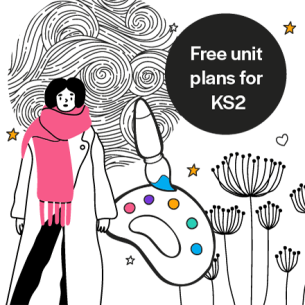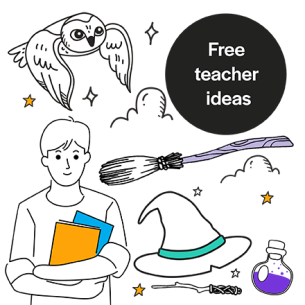By the time they hit KS2 geography, most children can name a mountain or two, and many could describe what a mountain is like.
KS1 equips them with this kind of knowledge, but in Year 3 or 4 children can build on that foundation by diving deeper. In this lesson, they can learn about this most imposing and impressive topological feature.
KS2 is the time for children to learn how mountains are formed; the characteristics of a mountain; how animals, plants and humans survive on mountains; and, the subject of this lesson, where the world’s mountainous regions are located.
National curriculum geography KS2
Mountains are a key part of the geography KS2 curriculum, which states that children should be able to: ‘name and locate counties and cities of the United Kingdom; geographical regions and their identifying human and physical characteristics; key topographical features (including hills, mountains, coasts and rivers), and land-use patterns; and understand how some of these aspects have changed over time.‘
What they’ll learn
- How to read maps, atlases and globes
- To identify mountainous regions on a map
- How to describe locations on maps using positional language
- To cross-reference maps to find out more about mountains
Mountains KS2 – starter activity
Beginning a lesson by asking questions makes learning more meaningful and models to children how they can interact curiously with the world around them.
Start by asking pupils, “Where would we find mountains?”, then continue by asking questions such as, “Are there mountains in the UK?” and, “Which other countries have mountains?”.
Encourage children to ask their own questions about the location of mountains.
Let them share facts they know about where particular mountains are, drawing out information about their location, including which continent, country and hemisphere they are in, using a globe to locate these places.
Aidan Severs is an education consultant and former primary teacher and leader. He now supports schools with curriculum and pedagogy. Follow Aidan on Twitter @aidansevers and see more of his work at aidansevers.com

Similar resources
- Welsh in Patagonia – Write reports about this cultural link
- Glacier 3D model – Printable paper Icelandic glacier resource
- Christmas traditions around the world – Free schools PowerPoint
- Voytek the bear – WW2 animal hero story and KS2 resource pack
- Stone Age art – Explore ancient symbols via an encyclopedia












